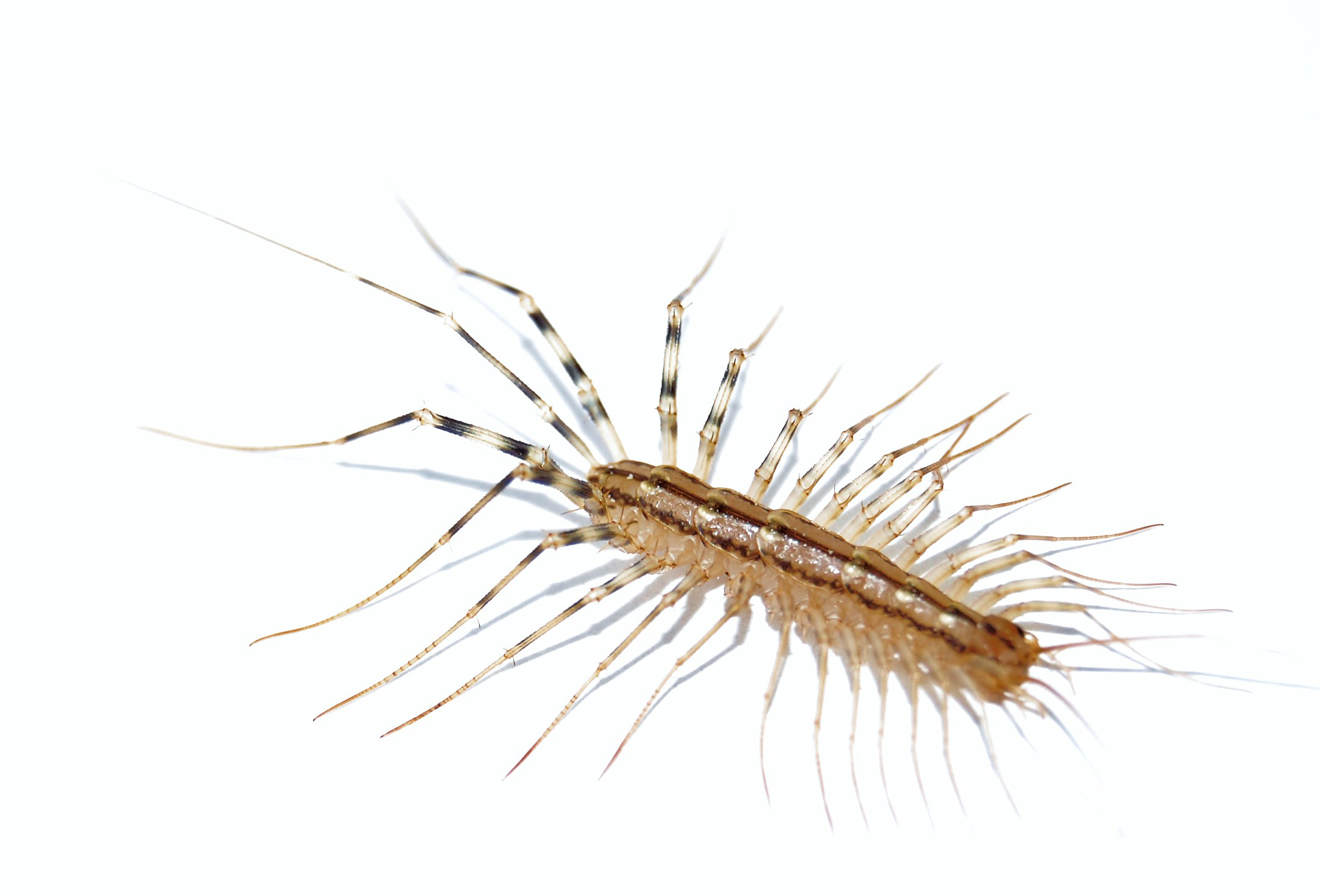The Diet of the house Centipede: A Comprehensive Guide
House centipedes, with their numerous legs and rapid movements, often evoke a sense of unease in homeowners. However, these creatures are not only fascinating but also beneficial, primarily due to their diet. As natural predators, they play a crucial role in controlling indoor pest populations. This article delves into the dietary habits of house centipedes, exploring what they eat, how they hunt, and the ecological significance of their feeding habits.
What Do House Centipedes Eat?
House centipedes are primarily carnivorous, feeding on a variety of small arthropods and insects. Their diet mainly consists of:

Silverfish: These wingless insects, known for their love of starchy substances, are a common food source for house centipedes.
Hunting Strategies of House Centipedes
House centipedes are equipped with venomous fangs called forcipules, which they use to capture and immobilize their prey. They are agile hunters, relying on their speed and sensitive antennae to detect and pursue their targets. Once captured, the prey is quickly subdued with venom, allowing the centipede to consume it at its leisure.
The Ecological Significance of House Centipede Diet

The dietary habits of house centipedes have significant ecological implications, particularly within human dwellings. By preying on common household pests, they help regulate populations and prevent infestations. This natural form of pest control is beneficial for homeowners, reducing the need for chemical interventions.
House Centipedes as Indicators of Other Pest Problems
The presence of house centipedes in a home can sometimes indicate a larger pest issue. If you frequently see house centipedes, it might suggest an abundance of their prey, such as silverfish or cockroaches. Addressing the underlying pest problem can, in turn, reduce the number of house centipedes.
Managing House Centipedes and Their Food Sources
While house centipedes are generally beneficial, some homeowners may still prefer to manage their populations. The most effective approach is to address the underlying food sources. By reducing humidity, sealing cracks and crevices, and keeping living spaces clean, you can minimize the presence of their prey, thus discouraging house centipedes.
Conclusion
House centipedes, despite their unsettling appearance, are valuable allies in the fight against household pests. Their diverse diet and efficient hunting strategies make them effective predators of various insects and arthropods. Understanding their dietary habits not only sheds light on their ecological role but also provides insights into managing their populations and maintaining a pest-free home.
house centipede diet
